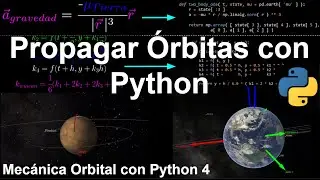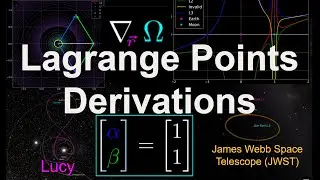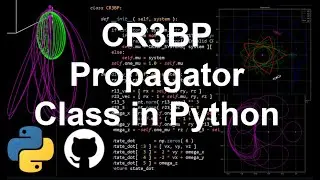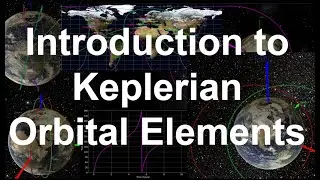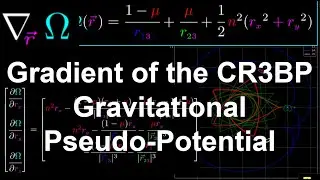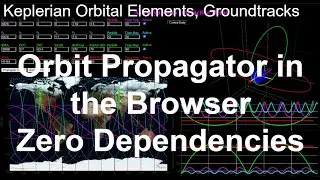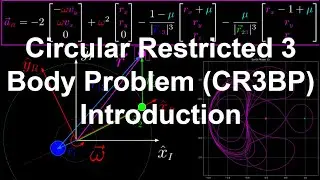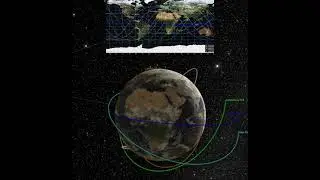Eclipse Geometry, Umbra and Penumbra, Lunar Eclipse 2021 | Orbital Mechanics with Python 46
In this video we go over how to calculate whether an object is in eclipse (umbra or penumbra) using 3D cone geometry and linear algebra, and then we’ll plug in these calculations using real life examples including the lunar eclipse that happened yesterday (2021-NOV-18), and geostationary, sun synchronous terminator, and the ISS orbits around Earth.
In the next video we’ll be going over the software implementation of these calculations in Python and comparing it to the SPICE function gfoclt (uses ellipsoid models of the eclipse bodies instead of spherical models that we’ll be using in this video)
First we need to begin with defining the relative position geometry between the sun, eclipsing body (in this case that will be Earth), and the eclipsed body (in this case, it will be a spacecraft).
The umbra is defined by ray tracing from the edge of the Sun to the edge of the Earth on the same side relative to the sun vector. We can see that these two lines eventually intersect, which is the tip of the 3D umbra cone.
#eclipse #umbra #penumbra






![[Osu!] The Quick Brown Fox - Big Money [$50] (93.57%)](https://images.mixrolikus.cc/video/0YOvOZeu1Qw)

